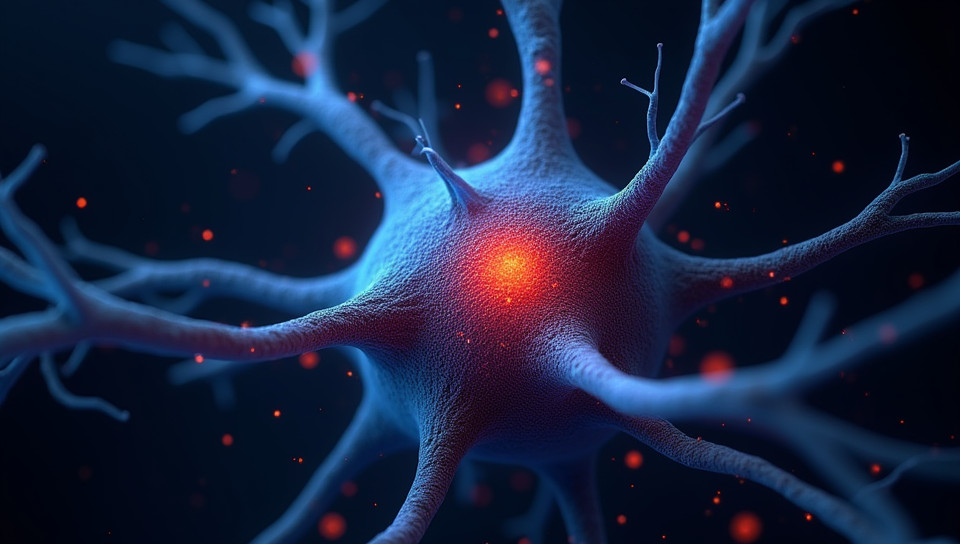Optogenetics poses a risk of neuron tissue damage 70%

Optogenetics: The Double-Edged Sword of Neuroscience
As researchers continue to push the boundaries of optogenetics, a revolutionary technique that allows for precise control over individual neurons, concerns are growing about its potential risks. Optogenetics has been hailed as a game-changer in the field of neuroscience, enabling scientists to study brain function and behavior with unprecedented precision. However, recent studies have raised alarms about the possibility of neuron tissue damage, sparking heated debates among experts.
The Promise of Optogenetics
Optogenetics uses light-sensitive proteins called opsins to manipulate neural activity. This allows researchers to selectively activate or silence specific neurons, revolutionizing our understanding of brain function and behavior. With optogenetics, scientists can study complex phenomena like decision-making, learning, and memory with unprecedented precision.
The Risk of Neuron Tissue Damage
While optogenetics holds tremendous promise, there is growing evidence that it may also pose a risk to neuron tissue damage. Studies have shown that prolonged exposure to light can cause oxidative stress, leading to cellular damage and even neuronal death. This raises concerns about the long-term safety of optogenetics and its potential applications in humans.
- Prolonged exposure to light can cause:
- Oxidative stress
- Cellular damage
- Neuronal death
- Inflammation
Addressing the Risks
To mitigate these risks, researchers are exploring new strategies for using optogenetics safely. These include developing more sensitive and targeted opsins, optimizing light delivery protocols, and monitoring neuron health in real-time. Additionally, scientists are investigating alternative methods that do not involve light exposure, such as electrical or chemical manipulation of neurons.
Conclusion
As the field of optogenetics continues to evolve, it is essential to acknowledge and address the risks associated with this powerful technique. By understanding the potential for neuron tissue damage, researchers can develop safer and more effective approaches to studying brain function and behavior. As we move forward, it is crucial that we prioritize caution and vigilance in our pursuit of scientific discovery.
With careful consideration and innovative solutions, optogenetics has the potential to revolutionize neuroscience while minimizing its risks. By embracing a culture of safety and responsibility, we can unlock the full promise of this groundbreaking technology and push the boundaries of human knowledge even further.
- Created by: Maria Reed
- Created at: Dec. 27, 2024, 3:28 p.m.
- ID: 17177







